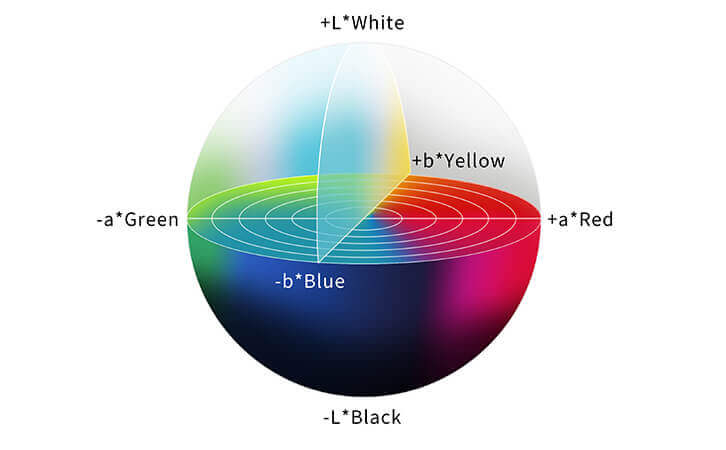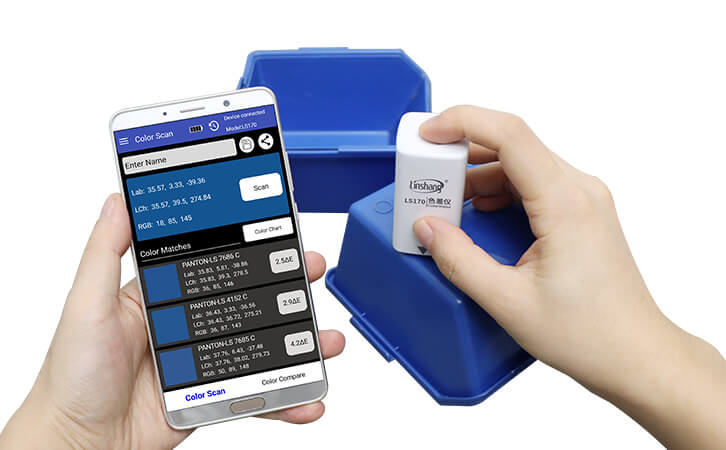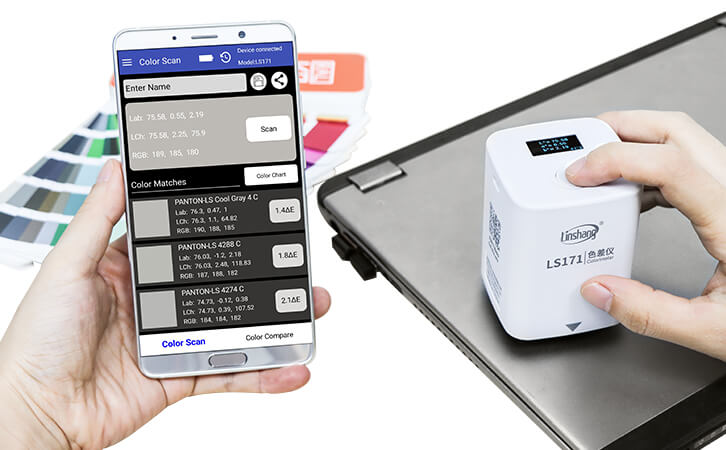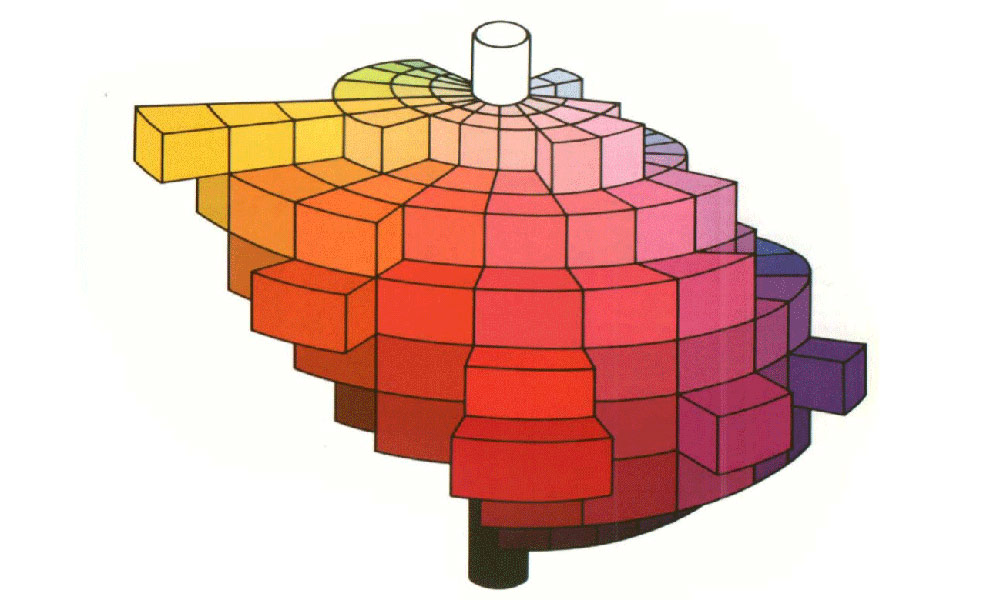What is CIE Lab color model & color analyzer?
The human eye can see millions of colors. However, the human eye cannot accurately distinguish colors. Sometimes we may treat two very similar colors as the same color, or under different viewing angles and different light sources, we may feel that the colors of objects of the same color are different. Therefore, it has brought us great challenges in color difference measurement and color control.
1. What is the CIE Lab color model?
In order to restore the colors we need every time, manufacturers and designers need to use a variety of methods to quantify the properties of colors. The Lab mode is established according to an international standard for color measurement established by CIE in 1931. It makes up for the deficiencies of the RGB and CMYK color modes. This is a color model that has nothing to do with the instrument and is based on physiological characteristics. It is mainly composed of three elements: L (brightness), a (red and green) and b (yellow and blue). This model does not rely on light or paint. a*=b*=0 means no color, so L* would represent the scale factor from black to white. The idea of using pairwise color coordinates comes from the concept that colors cannot be both red and green, or both yellow and blue, but colors can be thought of as combinations of red and yellow, red and blue, green and yellow, and green and blue.
CIE Lab mode is not restricted by copyright, you can use this mode freely in any instrument. Therefore, many handheld color analyzer manufacturers use CIE Lab mode to assist color measurement and color difference comparison.

2. How to calculate the color difference?
We can quantify the difference between specific colors by the value on the L * a * b * chart, called Delta (Δ). For example, to calculate ΔL*, we can subtract the L* value of the standard color from the L* value of the sample. Similarly, if you want to calculate Δa, you can subtract the “a” value of the standard color from the “a” value of the sample. Through the delta value, we can determine the size of the color difference. The greater the Δ value, the greater the color difference. Therefore, we need to use a handheld color analyzer. The Linshang handheld color analyzer measures the tristimulus value xyz through integration and then calculates the chromaticity coordinates of the sample and other parameters. The color meter is usually covered with a filter to correct the relative spectral sensitivity of the detector to the spectral tristimulus value recommended by CIE. When using such three light detectors to receive light stimuli, the tristimulus values x(λ), y(λ), z(λ) can be measured with one integration.
3. How to measure color difference with a portable color meter?
With the aid of CIE Lab and other color models, color meter manufacturers and designers can more easily measure colors accurately and design products with consistent colors. In Linshang, we provide professional color meters-LS170 and LS171. The LS170 portable color meter is relatively small and has no display screen compared to the LS171. This color difference analyzer uses the principle of 45° ring illumination, that is, 45° ring illumination and 0° reception. The LS171 colorimeter uses d/8°, including specular reflection (SCI).


Below we list some samples suitable for measurement by these two color difference detectors (partial list).
| Industry | Material characteristics | LS170 | LS171 |
| Printing | ordinary surface | √ | |
| Printing | metallic glossy surface | √ | |
| Coating film | Ordinary coating film | √ | √ |
| Coating film | High gloss and texture coating film | √ | |
| Daily ceramics | ------ | √ | |
| Textiles | Dyes on textiles | √ |
4. The significance of the CIE Lab color model
In the past, many color difference formulas to the practical application of industry played a great inconvenience, because the data between different color difference formulas is difficult or impossible to convert each other, and the results calculated by different formulas are not comparable with each other.
In order to change this confusing situation and unify the standard of color difference evaluation, the International Commission on Illumination (CIE) in 1976 recommended CIELAB uniform color space extremely corresponding color difference formula, unified the application of color difference formula, making the application of color difference meter more general and extensive.
CIE Lab uniform color space is a three-dimensional system. Since the introduction of CIE Lab color space, the color difference meter developed according to this principle has been widely used in industry, especially in the color quality control of products in industries such as printing and dyeing pigment manufacturing, coating, textile printing and dyeing, ink, plastic coloring, etc. It has a very important position.

If the samples you need to measure are listed in this table, you can refer to this table to choose a color difference tester that suits you. If you are not sure which instrument your samples need to be measured, please contact us!